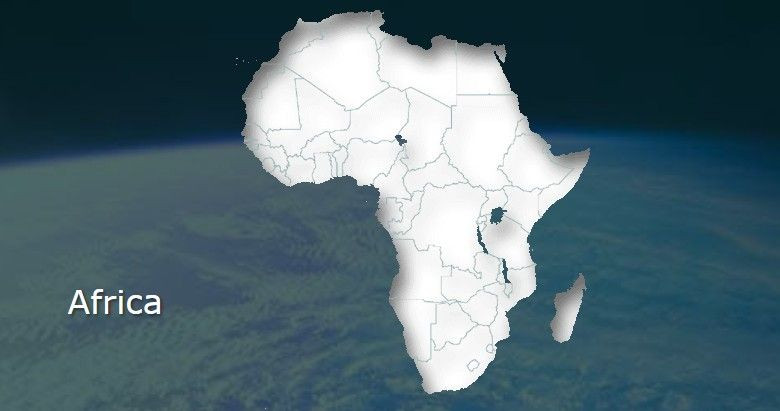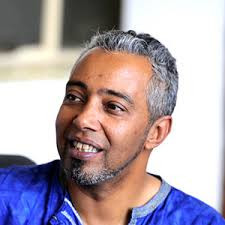
DISEASES like smallpox used to be inevitable. However, thanks to the life-saving power of vaccines and global collaboration, decades have passed since the last case. Health workers, community members and global leaders came together to permanently eradicate smallpox.
Shortly after this historic feat, the world turned its attention to eradicating polio, another debilitating, preventable disease that attacks the nervous system and can cause lifelong paralysis or even death. Thanks to vaccines, health workers’ dedication and decades of global collaboration, wild polio cases have fallen by 99,9%, and 20 million people are walking today who would have otherwise been paralysed by the virus.
Immunisation is one of our most successful and cost-effective public health interventions. This year marks the 50th anniversary of the Expanded Programme on Immunisation, the routine vaccine schedule developed by the World Health Organisation in 1974, which is responsible for protecting many from the most common childhood viruses, including polio. New data released in The Lancet reveals that global immunisation efforts have saved an estimated 154 million lives over the past 50 years and have contributed to reducing infant deaths by more than 50% across Africa.
However, making history is never easy. Despite decades of dedication and leadership from African Health ministers and other government leaders, challenges in reaching all children with polio vaccines remain. COVID-19-related disruptions to vaccine delivery fuelled the largest backslide in immunisation in three decades as health systems were overwhelmed and resources were diverted, leaving the most vulnerable without protection.
The consequences of this backslide were severe. In 2022, Malawi, followed by Mozambique, reported the first cases of wild poliovirus in Africa in over five years, imported from abroad. Due to the drops in immunisation coverage, 15 countries — including Zimbabwe — in the region have been fighting to stop ongoing variant polio outbreaks since 2021.
Strong routine immunisation coverage is critical to stopping polio. In eastern and southern Africa, 4,6 million children missed out on routine immunisation during the pandemic. For example, more than 977 000 children in Madagascar and 1,3 million children in Somalia did not receive a single vaccine dose between 2020 and 2022.
Eradicating polio requires at least 95% vaccine coverage to stop the virus circulation and strong routine immunisation to prevent new infections. Despite efforts to boost immunisation rates, the same children continue to be missed. These “zero-dose” children, who have never been reached with any vaccines, often live in the hardest-to-reach areas, leaving them at risk of illness or even death from preventable diseases such as measles and polio.
We have just returned from Madagascar, where there are more than one million “zero-dose” children between two and five years old. Data from the Public Health ministry shows that in 22 out of 23 regions of the country, less than 50% of children received their first dose of the polio vaccine at birth. We were heartened to hear from leaders and healthcare workers about how they are working to protect more children from infectious diseases. Under the guidance of the government, we can support their efforts to prioritise routine immunisation within the country’s primary healthcare system and urgently scale up efforts to close these extremely worrying immunity gaps.
- Open letter to President Mnangagwa
- Feature: ‘It’s worse right now than under Mugabe’: Sikhala pays the price of opposition in solitary cell
- Masvingo turns down fire tender deal
- Human-wildlife conflict drive African wild dogs to extinction
Keep Reading
Much work remains to strengthen health systems in Madagascar and across the region so that we can protect every child against vaccine-preventable diseases. The needs are complex and daunting — but key to overcoming each and every challenge needs one single necessity: Political will. We are regularly reminded that “vaccines don’t save lives; vaccination saves lives”. For vaccination to happen, it is vital that leaders across the continent stay committed to investing in their health systems and vaccines, and publicly demonstrate their support for polio vaccination and wider immunisation. Continued engagement with community health workers and community leaders is also critical to achieving high rates of immunisation, even among the most vulnerable children.
In October 2023, Zimbabwean health authorities declared officially the circulating vaccine derived poliovirus type 2 (cVDPV2) outbreak a public health emergency following detection of the disease in environmental samples collected in Harare.
The Health and Child Care ministry is co-ordinating the implementation of polio outbreak response activities including a nationwide polio vaccination campaign. The country has conducted two rounds of nationwide polio vaccination campaigns in February and March 2024, reaching more than 4,8 million children.
Zimbabwe, like many other countries, remains at risk of polio outbreaks until the disease is completely eradicated from the world. It is, therefore, important that the population immunity against polio is maintained high. Efforts to increase routine polio vaccination coverage and strengthened disease surveillance for early detection of cases remain top priority.
The world has a historic opportunity to end polio for good, but if we do not remain committed, the virus could quickly make a comeback and paralyse thousands of children again every year. Eradication may feel close within reach, but we — governments, partners, donors — must fully and urgently step up and support to cross the finish line. We did it for smallpox, and we can do it again — it is humanly possible.
Etleva Kadilli, Unicef regional director, eastern and southern Africa and Christopher J Elias, is president of global development at Bill & Melinda Gates Foundation.











